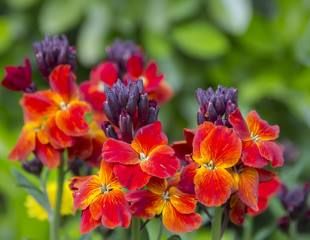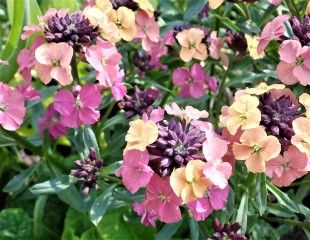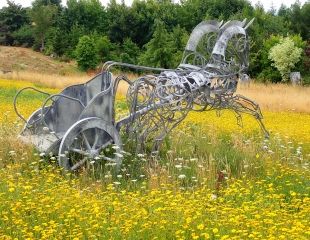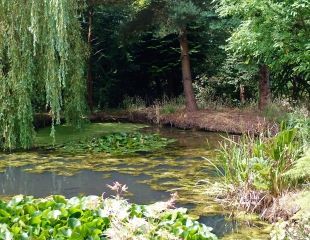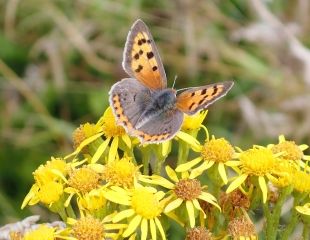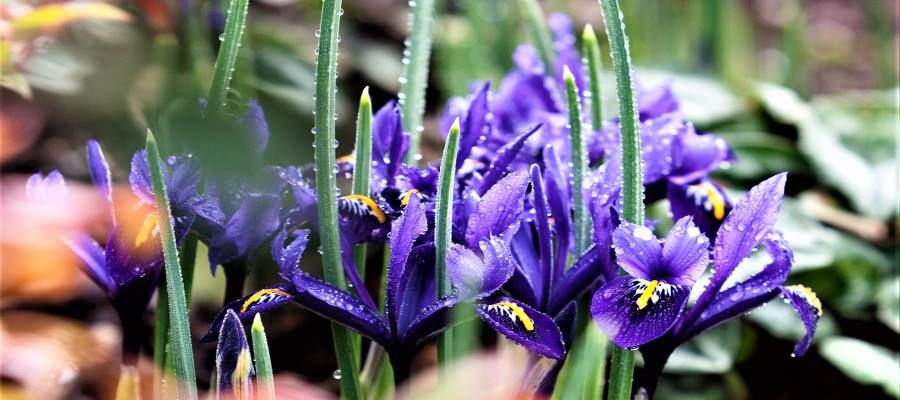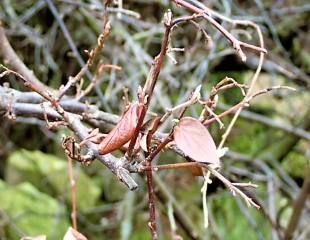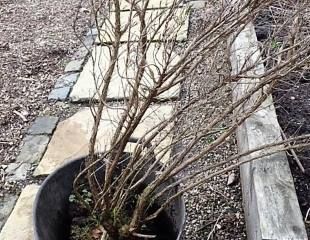|
It's gone, but not quite forgotten. Spring if full of lovely images, above is Iris reticulata, blooming at Harlow Carr, but the Beast from the East with its prolonged, freezing wind has damaged garden plants, some permanently.
The mild spell means we can get out and take stock, and the main casualties are the evergreen and semi evergreen shrubs. Other plants have suffered, the hellebores look a bit ragged and many plants are much later coming into spring bloom, in some areas almost a month late.
Below are images of two plants illustrating the sort of damage which can be caused by the unusually cold weather. On the right Rosemary officinalis and on the left Cotoneaster. The Rosemary is too badly damaged to salvage, good only for the compost heap. The Cotoneaster, if you look closely does have some buds, so it is a wait and see gardening game.
How to tell if your shrub has died?
The best way is to snap off a small branch, or scrape away the bark on a branch and examine the wood below. If it is brown all the way through, chances are it is dead. If it is green in the interior, the shrub should revive.
Many of the evergreens may have wind burn, where the leaves look literally burnt, or shrivelled, which should improve with the warmer weather. The Cotoneaster is normally evergreen/semi evergreen but it has shed all its leaves in the extreme weather.
A shrub which was really healthy before the bad winter may well revive. The Rosemary was struggling because of the wet as well as the cold, and was not on best form before the winter, and the Beast from the East was the final straw.
This maybe a good time to feed shrubs with a balanced fertilised to help them along, remembering that any , ericaceous i.e. acid loving shrubs, Rhododendrons, Azaleas, Camellia, Pieris etc will need an ericaceous feed.
Shrubs whose branches have been damaged by the snow maybe best pruned. If the stems of the branches have been compromised, the shrub is better off being pruned back. You may loose from flowers in the spring, and if this is a problem you can tie up the branch to support it and then prune later if you prefer; depends in part how damaged the branch is.
If you are not sure if your favourite shrub is alive or not, give it a feed and wait a while to see what spring brings.
|
